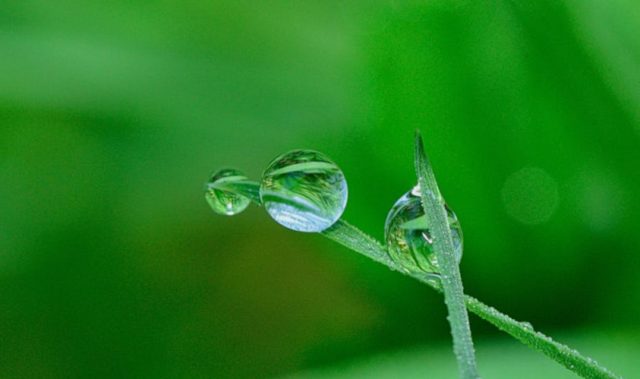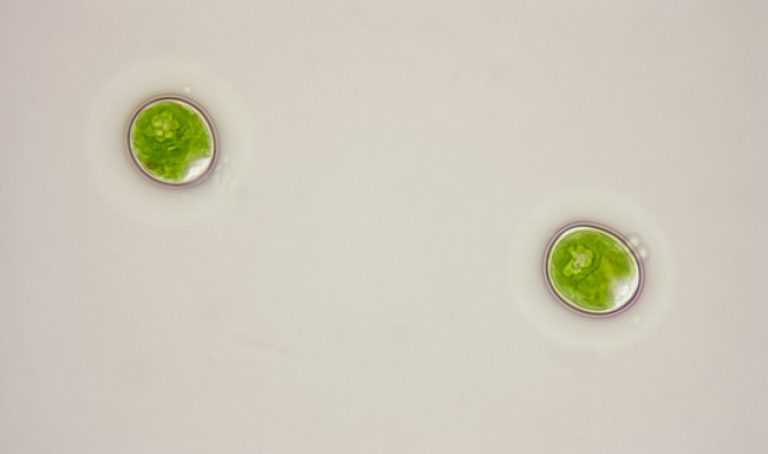
AsianScientist (May 23, 2016) – Researchers in Japan have discovered that the plant hormone, abscisic acid (ABA), regulates cell viability in a unicellular red alga—enabling it to grow under salt stress. Their study was published in Plant & Cell Physiology.
ABA plays a major role in response to environmental stresses such as high salt levels and drought. Although ABA has been detected in bacteria, algae, fungi, and even humans, most experiments on its function have been conducted in land plants. Furthermore, work on its role in algae has produced conflicting findings.
Thus, the present study, led by researchers from the Tokyo Institute of Technology, set out to clarify this role in a model unicellular red alga, Cyanidioschyzon merolae, which grows in hot, acidic springs. The researchers first compared the genome sequence of the red alga with that of land plants, and identified probable components of the ABA signaling pathway. This prediction was confirmed by their detection of ABA in algal cells exposed to high salt levels.
Under these conditions, ABA was found to inhibit the cell cycle at the transition between the first gap phase (G1) and the DNA synthesis (S) phase.
One of the predicted red algal genes, CmTSPO, matches one from the model land plant Arabidopsis, which encodes the scavenger protein TSPO. This protein is responsible for removing excess heme and preventing its toxic build-up during plant metabolism.
The researchers found that CmTSPO expression was switched on by ABA, just like in Arabidopsis.
“Adding ABA increases the total heme content in the cells,” said lead author, Assistant Professor Yuki Kobayashi. “However, unbound heme levels decrease in response to ABA. This is probably because of scavenging by CmTSPO that binds heme.”
The observed ABA inhibition of the G1/S transition was blocked by adding heme to the culture medium, suggesting that unbound heme is needed for completion of the cell cycle.
To understand why ABA stops the red algal cell cycle, the researchers studied the growth of a mutant incapable of synthesizing ABA.
“Normal algal cell growth was reduced under medium salt stress, but that of the mutant alga was significantly reduced,” corresponding author, Professor Kan Tanaka explained.
“ABA allows the alga to grow under salty conditions by stopping its cell cycle, rather than resulting in cell death.”
The article can be found at: Kobayashi et al. (2016) Abscisic Acid Participates in the Control of Cell Cycle Initiation Through Heme Homeostasis in the Unicellular Red Alga Cyanidioschyzon merolae.
———
Source: Tokyo Institute of Technology.
Disclaimer: This article does not necessarily reflect the views of AsianScientist or its staff.












